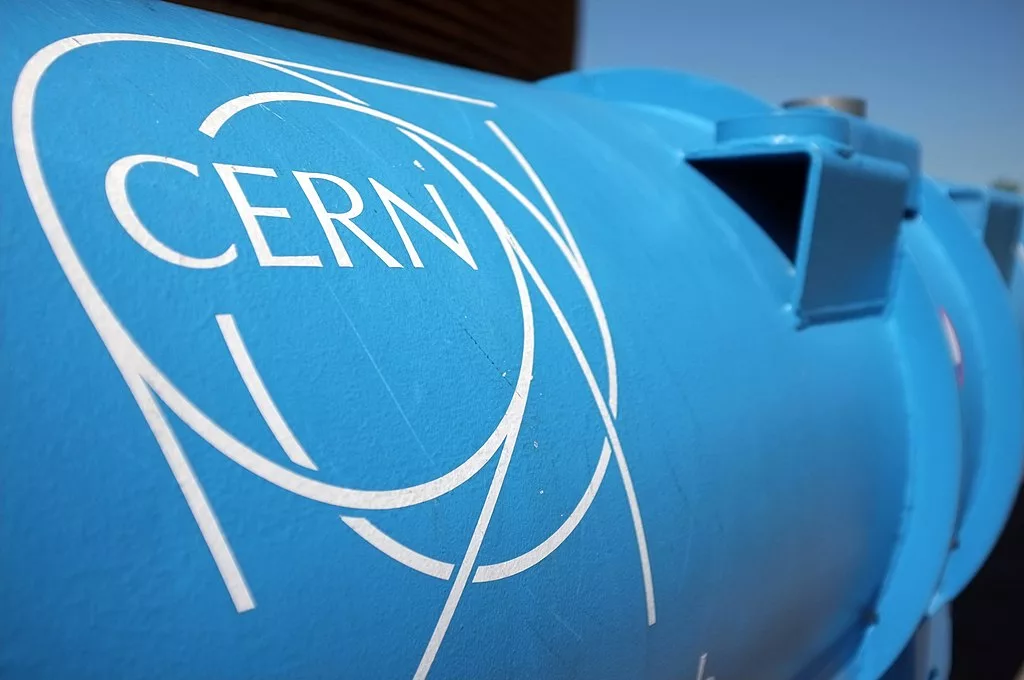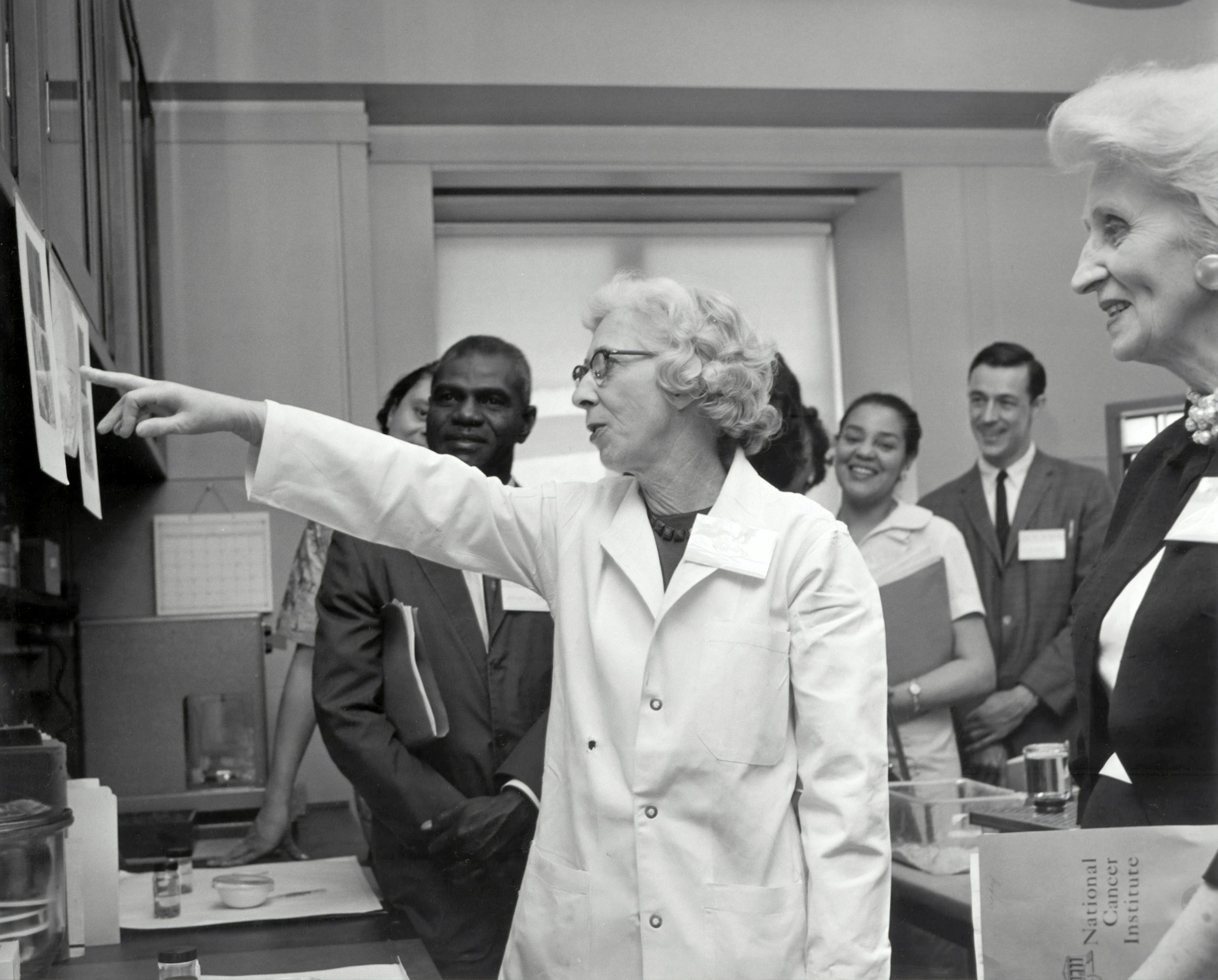The new particle collider will be constructed at CERN in Geneva, Switzerland. Image credit: flickr.com xlibber, CC BY 2.0, via Wikimedia Commons
The Standard Model (SM) of particle physics is the theory which describes sub-atomic particles (those smaller than the atom), and their interactions. But scientists know that the model is not a perfect description of reality. Motivated by this, plans are in development of a new particle accelerator: the Future Circular Collider (FCC).
The purpose of particle physics is to describe sub-atomic particles, their features, and their interactions with each other. The most successful theory to do so is the SM (formulated in the 1970s) which predicted a pantheon of particles. With over 50 years of research, particle physicists have observed all of them—with the most recent, and final, discovery being that of the Higgs boson at the Large Hadron Collider (LHC) in 2012. The LHC and other particle physics experiments around the world have tested the SM by measuring the properties of different particles, and interactions between them. The results show incredible consistency with the SM at an extraordinary precision, some on the scale of one part per 100 billion. Despite rigorous testing, the SM has triumphed—but is it the best theory that we can think of?
In short, no. There are many phenomena that the SM does not explain. Some examples include gravity (Einstein’s theory of gravity and the SM are mathematically incompatible), the matter-antimatter asymmetry (why there is more matter than antimatter in the universe), and the presence of dark matter (key to holding the galaxies together). Due to these inconsistencies, theoretical physicists have created a large range of theories beyond the Standard Model (BSM), which require new particle physics experiments to test them.
For now, the LHC will be around for the next two decades. And in 15 years, the next stage of upgrades (called the High-Luminosity LHC) will increase the ability of the LHC and its detectors to see rare events at much greater sensitivity. Despite these upgrades, it is still likely that we need the high-precision and energies of the FCC to probe BSM physics.
Starting in the 2040s, the FCC programme will satisfy these needs. It is important to stress that the FCC is not one collider, but a set of colliders that will be housed in a tunnel around 90 km in circumference, under CERN in Geneva. The first step of the programme will be called FCC-ee, which would collide electrons and their antimatter partner—positrons—together. The FCC-ee will produce a number of particles in a clean background, allowing for very precise measurements. The main physics motivation for the FCC-ee is to study precisely the Higgs boson, although, it can run at different energies—providing insight into particles other than the Higgs boson.
Whilst the FCC-ee is running, the second part of the FCC program, the FCC-hh, will be in development. This is because the FCC-hh has technical challenges that require more time to overcome. Starting in the 2070’s, the FCC-hh will smash protons at energies of over 7 times that of the LHC. This will allow physicists to map these uncharted territories of very-high energies, and explore BSM models. Of course, to see the physics, new detectors will be installed at certain portions of the accelerators where the beams collide. These detectors will have to be optimised for the different collider environments, and currently, a lot of research and development (R&D) is being invested in this.
The integrated FCC programme has many benefits. It saves construction costs and time, as both accelerators would be housed in the same tunnel. Also, the physics programmes for both accelerators are complementary to each other. In addition, building the FCC tunnel at CERN would follow the CERN tradition of using previous accelerator rings to boost the particles to higher energies. Currently, most of the work on the FCC is R&D studies for the technologies necessary for the collider to work, such as the magnet, cooling, and acceleration systems, with a special focus on making the FCC as energy efficient as possible.
Nevertheless, not everyone is convinced of the FCC’s benefits. Some argue that there is no reason that new physics models will reveal themselves in the FCC. In addition, many question the cost of the collider—currently estimated at 13.6 billion Swiss francs ($12 billion) for the FCC-ee —and suggest that we could use the money elsewhere. But one may argue that developments in previous accelerator experiments have had huge impacts on our greater society such as the development of the internet, sterilisation of medical devices, CT scans, and proton therapy against cancer. There is no telling what technologies could be born out of those developed for the FCC.
Alternative proposals of future particle colliders exist. One way is to accelerate particles in a straight line, avoiding many of the complications and with a price tag of less than half of the FCC. Another design collides the muon, the heavier sibling of the electron. These are incredibly compact colliders but give comparable collision energies to linear colliders and FCC. But despite higher building costs and size, the FCC still comes out on top—especially with the ability to run at different energies, greatly expanding its physics programme. In addition, the overall running costs are likely to be less over time as the FCC can produce more particles, specifically the Higgs boson, in the same amount of time compared to linear and muon colliders.
While development of the FCC is decades away, we could learn about the nature of, say, dark matter and other standard model particles with other experiments that do not use a particle accelerator, giving complementary results. Studies of neutrinos (particles which are very light and rarely interact with matter) and dark matter are also undertaken in huge detectors made of tanks of water and/or noble gases. Earth and space-based telescopes, along with gravitational wave observations, can also be used to search for dark matter. Therefore, future iterations of these experiments could discover new physics in tandem with collider experiments.
Thanks to the contributions of colliders—such as the LHC and the LEP—the FCC will build upon these technologies. These new developments could provide valuable contributions to society. Physicists do not know what lies beyond the SM, but they hope that the discoveries of the FCC will lead to better understanding of our universe and the matter that makes us.





